The Power of Blockchain and Web3: Transforming Our Digital Economy
How decentralized technologies are reshaping industries and empowering users
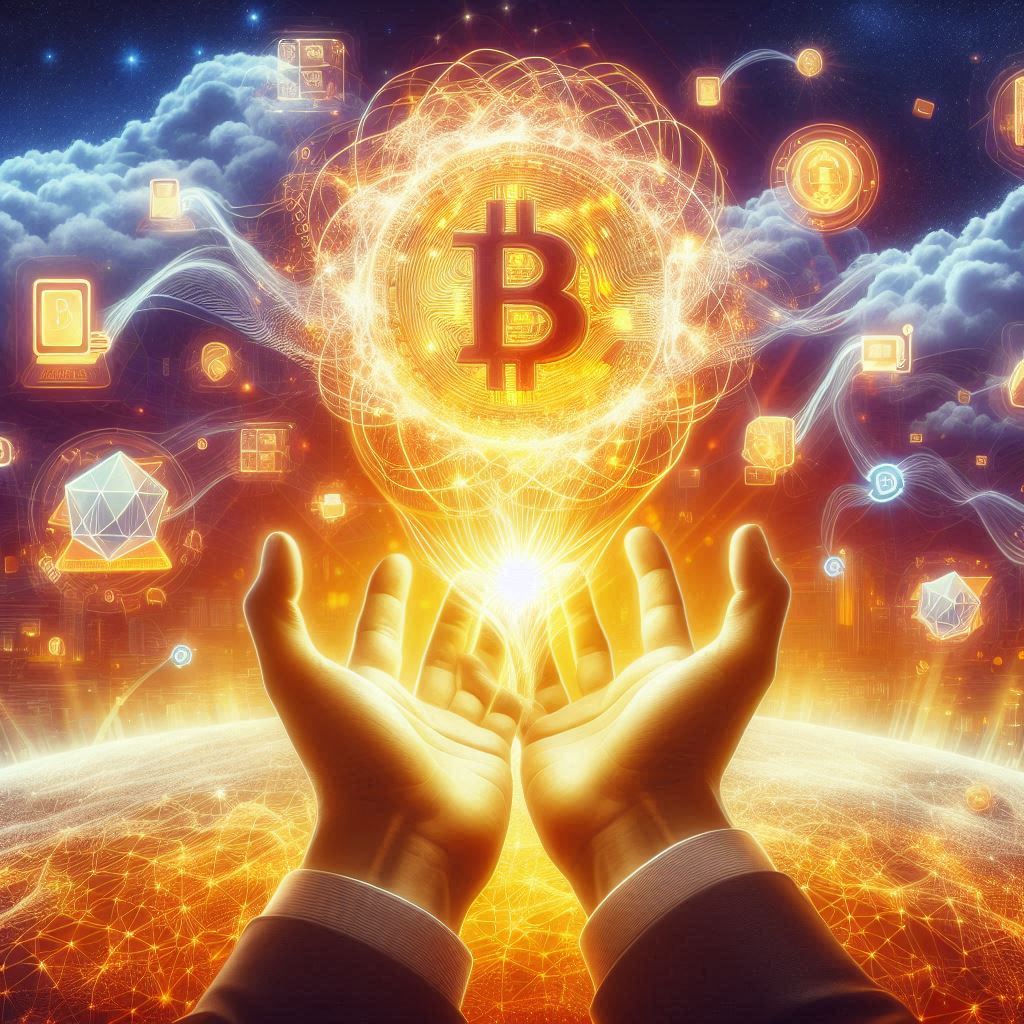
Introduction: The Paradigm Shift
.png?alt=media)
We stand at the threshold of a profound technological transformation. Blockchain and Web3 technologies are fundamentally reimagining how we transfer value, establish trust, and organize collective activity in the digital realm. What began with Bitcoin's introduction in 2008 has evolved into a multi-faceted technological movement poised to reshape our economic systems, governance structures, and social interactions.
The core innovation of blockchain – a distributed, immutable ledger that enables trustless transactions without centralized intermediaries – has sparked an explosion of creativity and investment. From decentralized finance (DeFi) challenging traditional banking to non-fungible tokens (NFTs) revolutionizing digital ownership, the applications continue to expand in scope and ambition.
Web3, built upon blockchain infrastructure, represents the next evolutionary stage of the internet. Unlike Web2, dominated by centralized platforms that extract value and control user data, Web3 envisions an internet where users own their digital assets and identities, creators capture more of the value they generate, and open protocols replace proprietary platforms.
This article explores the transformative potential of blockchain and Web3 technologies across multiple domains, examining both current implementations and future possibilities. We'll analyze how these technologies are disrupting existing industries, creating new economic models, and potentially addressing some of society's most persistent challenges.
Decentralized Finance: Reimagining the Financial System
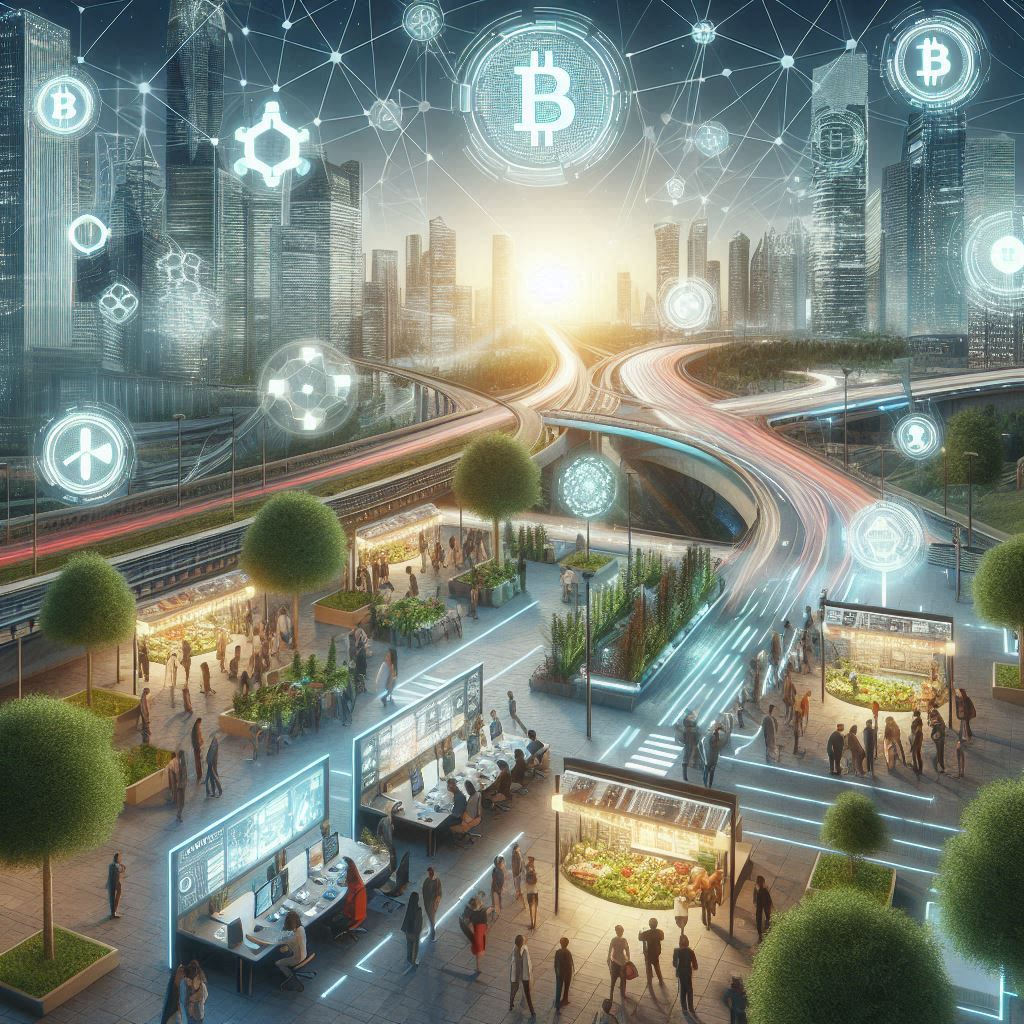
Perhaps no area has demonstrated blockchain's disruptive potential more clearly than finance. Decentralized finance, or DeFi, has emerged as a parallel financial system built on open protocols that can be composed and combined like building blocks. This "money lego" approach enables unprecedented innovation and efficiency in financial services.
At its core, DeFi seeks to recreate traditional financial services in a trustless, permissionless manner. Lending platforms like Aave and Compound allow users to earn interest or borrow assets without intermediaries. Decentralized exchanges (DEXs) like Uniswap enable peer-to-peer trading through automated market makers rather than order books. Synthetic asset platforms create tokenized versions of stocks, commodities, and other traditional assets, making them accessible globally 24/7.
What distinguishes DeFi from traditional finance goes beyond mere digitization. By eliminating rent-seeking intermediaries and enabling composability between protocols, DeFi creates efficiency and innovation advantages that are structurally difficult for traditional systems to match. A user can seamlessly move assets between lending, trading, and yield optimization strategies without the friction, delays, or permissions required in conventional finance.
The economic impact extends beyond efficiency gains. DeFi is expanding financial access to the estimated 1.7 billion adults globally without banking services. With just an internet connection and a digital wallet, individuals can access sophisticated financial services previously available only to privileged participants in developed economies.
However, significant challenges remain. Regulatory uncertainty, security vulnerabilities, and technical complexities present barriers to mainstream adoption. Scaling issues on underlying blockchain networks continue to limit throughput and increase transaction costs during peak demand periods. Nevertheless, with over $40 billion currently locked in DeFi protocols, the sector has demonstrated staying power beyond speculative interest.
Web3 and the Creator Economy
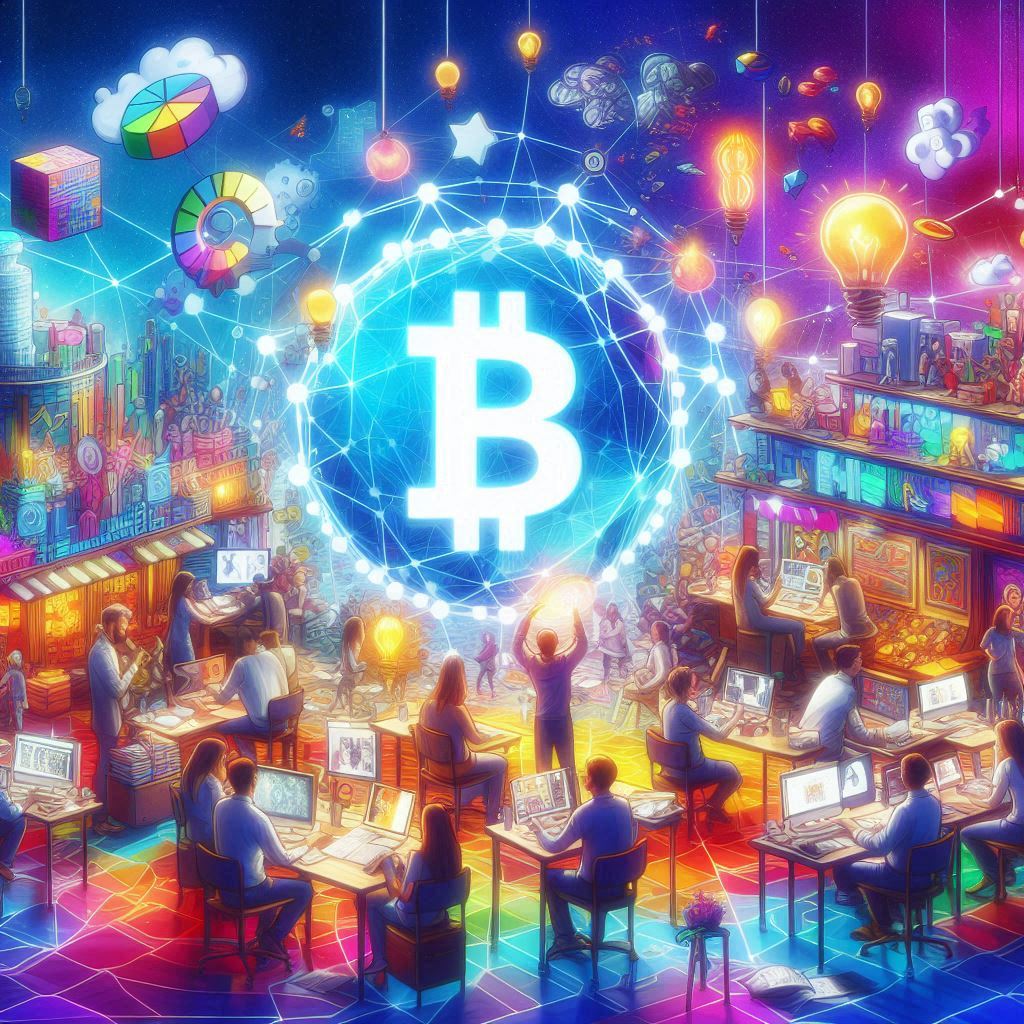
The internet revolutionized content creation and distribution but largely failed to solve the monetization challenge for creators. Web2 platforms extract significant value from creator work while maintaining control over audience relationships and monetization mechanisms. Web3 offers a fundamentally different model, enabling direct creator-audience relationships and new ownership structures.
Non-fungible tokens (NFTs) represent the first widely adopted application of Web3 for creators. By enabling verifiable digital scarcity and ownership, NFTs allow creators to monetize digital work directly while maintaining provenance across secondary sales. Artists, musicians, writers, and other creators have used NFTs to establish new revenue streams independent of platform intermediaries.
Beyond simple sales, NFTs enable ongoing creator-audience relationships through programmable royalties on secondary sales and token-gated access to exclusive content or experiences. This dynamic transforms the economic relationship from one-time transactional purchases to ongoing participation in creator success.
Social tokens further extend these possibilities, allowing creators to launch personal economies around their work. By issuing tokens that represent partial ownership or governance rights in their creative output, creators can align economic incentives with their most dedicated supporters. Early adopters and promoters can share in the creator's success as their work gains recognition.
Decentralized autonomous organizations (DAOs) are emerging as novel coordination structures for creative communities. These blockchain-based governance systems enable groups to collectively fund projects, make decisions, and share in both the costs and benefits of creative work. Writer's DAOs, music collectives, and film production groups are exploring how these structures can enable new models of collaborative creation.
The Web3 creator economy remains in its early stages, with infrastructure still developing and user experience challenges to overcome. Nevertheless, the core innovation – enabling creators to establish direct economic relationships with audiences without extractive intermediaries – represents a profound shift in how creative work is valued and sustained.
Supply Chain Transformation and Physical Asset Tokenization
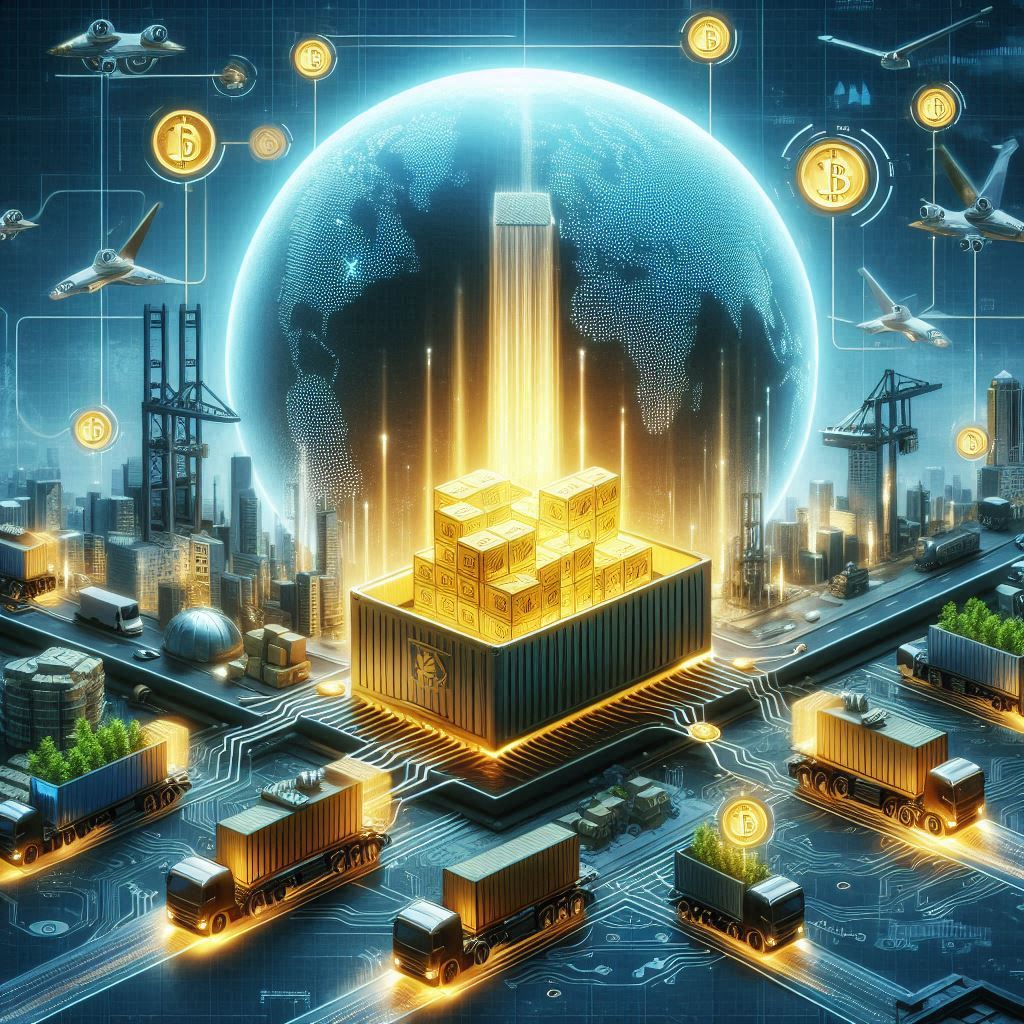
While much attention focuses on financial and digital applications, blockchain and Web3 technologies are increasingly transforming physical supply chains and asset management. The immutable, transparent nature of blockchain records makes the technology uniquely suited for tracking products through complex multi-party supply networks.
Supply chain implementations from companies like IBM, Maersk, and Walmart demonstrate how blockchain can enhance traceability, reduce fraud, and increase efficiency in global commerce. By recording critical handoffs and verification steps on blockchain ledgers, these systems enable all participants to share a single source of truth while maintaining control over sensitive business information through cryptographic techniques.
Pharmaceutical companies are implementing blockchain to combat counterfeit medications, a problem that claims thousands of lives annually and costs the industry billions. By tracking drugs from manufacturer to patient, blockchain systems can verify authenticity at each step while respecting privacy and regulatory requirements.
Sustainability initiatives are leveraging blockchain to verify environmental claims and carbon offsets. From tracking responsibly sourced materials to verifying emissions reductions, these systems provide much-needed transparency in areas previously reliant on easily falsified documentation or costly third-party certification.
Beyond supply chain tracking, tokenization is extending to traditional physical assets like real estate and commodities. By representing ownership shares as blockchain tokens, these previously illiquid assets become divisible, globally tradable, and programmable. This transformation reduces friction in ownership transfer, enables fractional investment, and creates new possibilities for collateralization and financing.
Regulatory frameworks for tokenized real-world assets are still developing, with jurisdictions taking varying approaches to legal recognition and compliance requirements. Nevertheless, the economic logic of increased liquidity and reduced transaction costs suggests this trend will accelerate as regulatory clarity emerges.
Digital Identity and Data Sovereignty
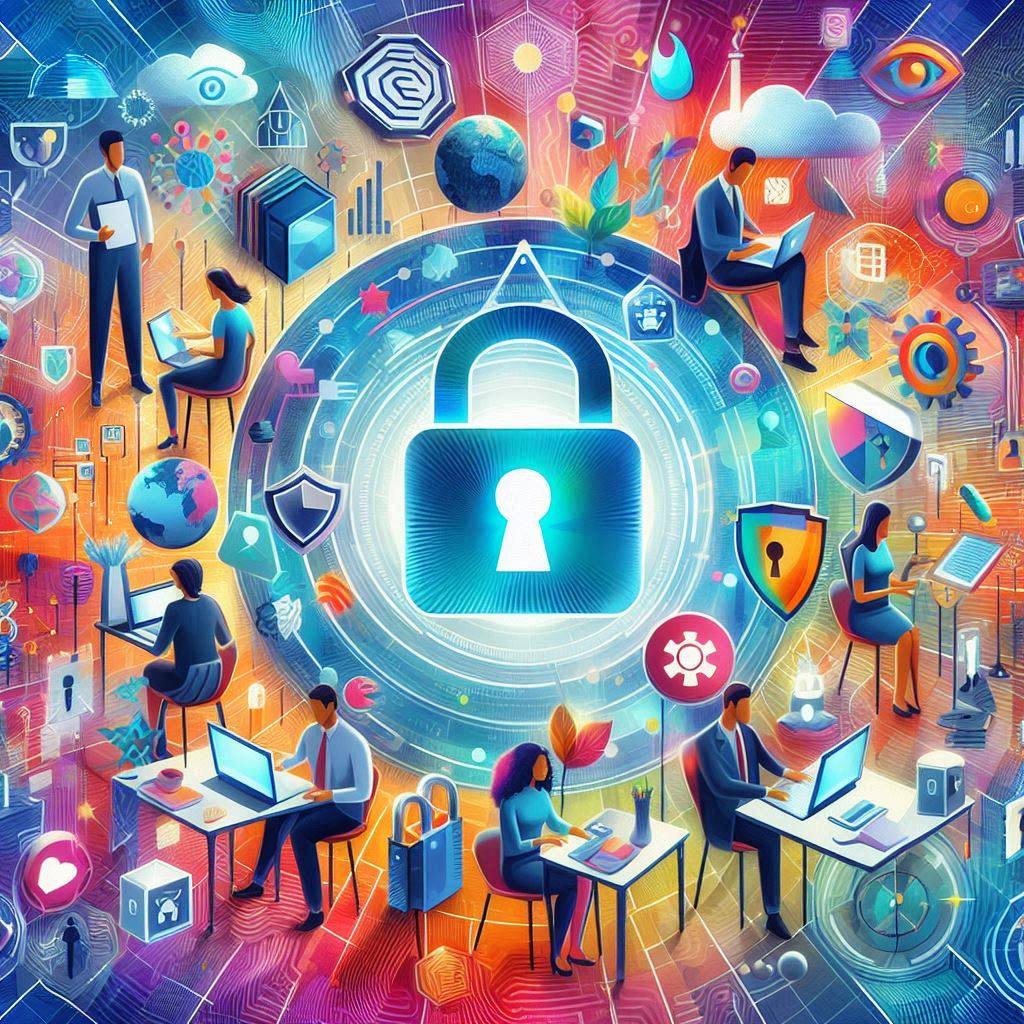
Perhaps the most profound long-term impact of Web3 technology lies in reimagining digital identity and personal data ownership. The current internet operates on a surveillance capitalism model, where users trade their personal data for "free" services, often without understanding the scope or value of this exchange.
Decentralized identity systems built on blockchain infrastructure offer an alternative paradigm. These systems allow individuals to control their personal information through cryptographically secured digital wallets while selectively disclosing only the specific information needed for each interaction. Rather than creating isolated accounts across dozens of services, users can maintain sovereign identities that interact with applications without surrendering control.
The implications extend far beyond privacy concerns. Decentralized identity enables new economic relationships where users can selectively monetize their data on their own terms. Data unions and cooperatives are emerging to help individuals aggregate their data with others, increasing its value and negotiating power while preserving individual sovereignty.
For the billions of people worldwide who lack formal identification, blockchain-based identity systems offer potential paths to financial inclusion and access to essential services. Projects like the World Bank's ID4D initiative are exploring how these technologies can provide robust, portable identification that respects privacy while meeting regulatory requirements.
Corporations and governments are increasingly recognizing the strategic importance of these developments. Microsoft's ION project implements decentralized identifiers on the Bitcoin blockchain, while the European Union is developing the European Blockchain Services Infrastructure with identity as a core use case. These initiatives suggest decentralized identity will become a fundamental layer of our digital infrastructure rather than a niche technology.
Governance Innovation and DAOs
.png?alt=media)
Blockchain technology enables not just new economic arrangements but also novel governance structures. Decentralized Autonomous Organizations (DAOs) represent a fundamental innovation in how humans coordinate collective activity and resources.
DAOs use blockchain-based rules, incentives, and governance mechanisms to coordinate activities without traditional hierarchical management. Members typically hold governance tokens that confer voting rights on proposals, treasury allocations, and protocol changes. Smart contracts automatically execute decisions once appropriate consensus is reached, reducing the need for trusted intermediaries or enforcement mechanisms.
The diversity of DAO implementations demonstrates the flexibility of this organizational form. Protocol DAOs govern decentralized applications, investment DAOs collectively manage capital, service DAOs coordinate contributor work, and social DAOs organize communities around shared interests or goals.
While early DAOs focused primarily on technical governance of protocols, more recent implementations are tackling complex social coordination problems. DAO structures have funded public goods, managed creative projects, operated investment funds, and even attempted to purchase physical assets like copies of the U.S. Constitution.
The scalability of DAO governance remains an active research area. Various mechanisms—including delegation, specialized committees, and reputation systems—are being explored to balance broad participation with operational efficiency. The optimal governance approaches likely vary based on the DAO's purpose, size, and stakeholder composition.
Legal recognition presents another evolving challenge. Some jurisdictions, including Wyoming in the United States, have created legal frameworks specifically for DAOs, while others are adapting existing structures like foundations or LLCs to accommodate these new organizational forms.
Despite these challenges, DAOs represent a significant innovation in governance with implications beyond the blockchain space. By reducing coordination costs and enabling more fluid participation, these structures may influence how traditional organizations approach decision-making and stakeholder engagement.
Challenges and Limitations
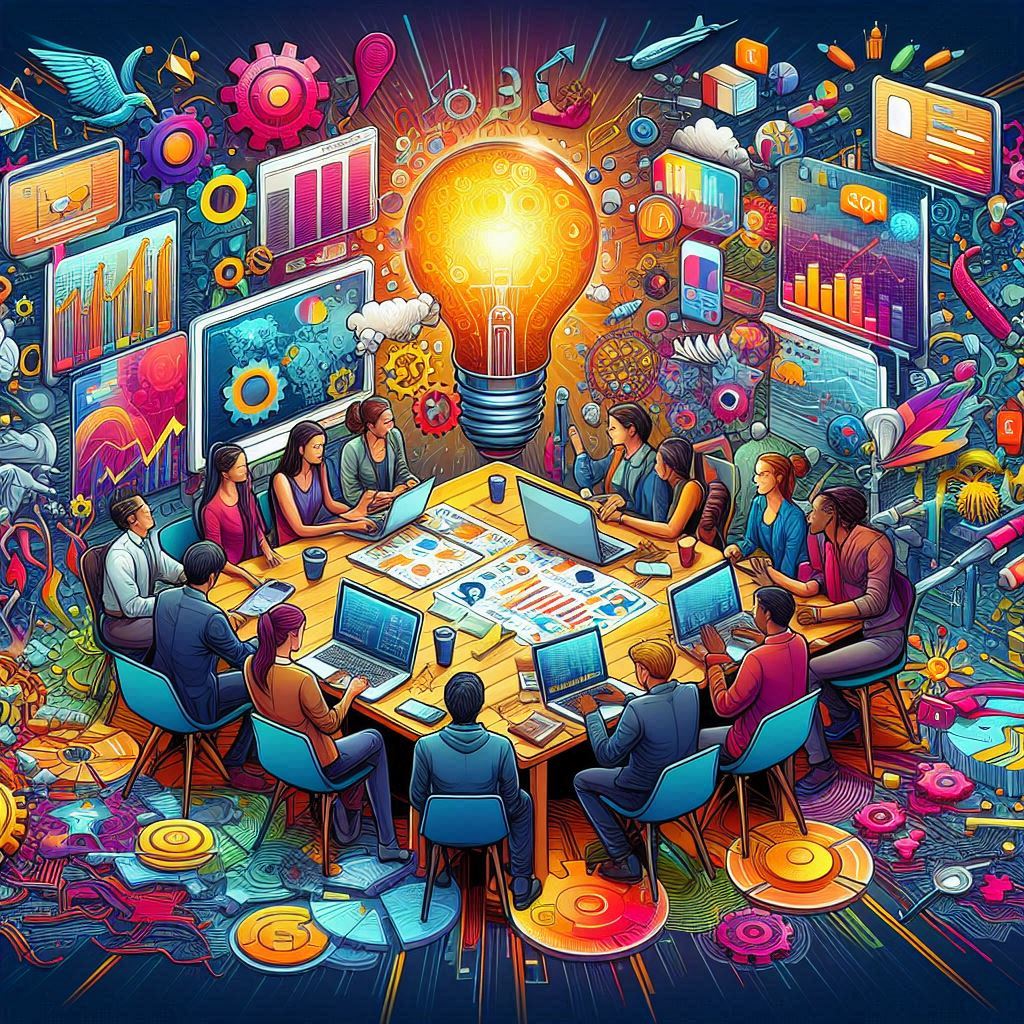
While blockchain and Web3 technologies offer transformative potential, significant challenges must be addressed for this promise to be fully realized. Understanding these limitations is essential for realistic assessment of the technology's current state and future trajectory.
Scalability remains a persistent challenge for blockchain networks. High transaction costs and limited throughput on base layers like Ethereum have restricted mainstream adoption of many applications. Layer 2 scaling solutions and alternative blockchain architectures are making progress on these issues, but trade-offs between decentralization, security, and performance continue to constrain implementation options.
User experience presents another major barrier. Managing private keys, understanding gas fees, and navigating fragmented liquidity across protocols create friction that discourages mainstream users. While wallet interfaces and aggregation services are improving, the cognitive overhead of Web3 interaction remains substantially higher than centralized alternatives.
Energy consumption, particularly for proof-of-work blockchains like Bitcoin, has raised legitimate environmental concerns. The transition of Ethereum to proof-of-stake reduced its energy usage by over 99%, and most new blockchain protocols use alternative consensus mechanisms with significantly lower environmental impact. Nevertheless, perceptions of blockchain as environmentally harmful persist and must be addressed through both technical changes and improved communication.
Regulatory uncertainty creates challenges for projects and enterprises building in this space. Different jurisdictions have taken varying approaches to cryptocurrency regulation, token classification, and compliance requirements. This fragmented landscape increases compliance costs and legal risks while deterring institutional participation.
Security vulnerabilities and technical risks continue to result in significant financial losses through protocol exploits, smart contract bugs, and social engineering attacks. While security practices are maturing and formal verification techniques are becoming more common, the irreversible nature of blockchain transactions means that vulnerabilities can have catastrophic consequences.
Addressing these challenges requires coordinated effort across technical development, user interface design, regulatory engagement, and education. The history of previous technological revolutions suggests that these limitations will be overcome incrementally rather than through single breakthrough solutions.
Conclusion: The Path Forward
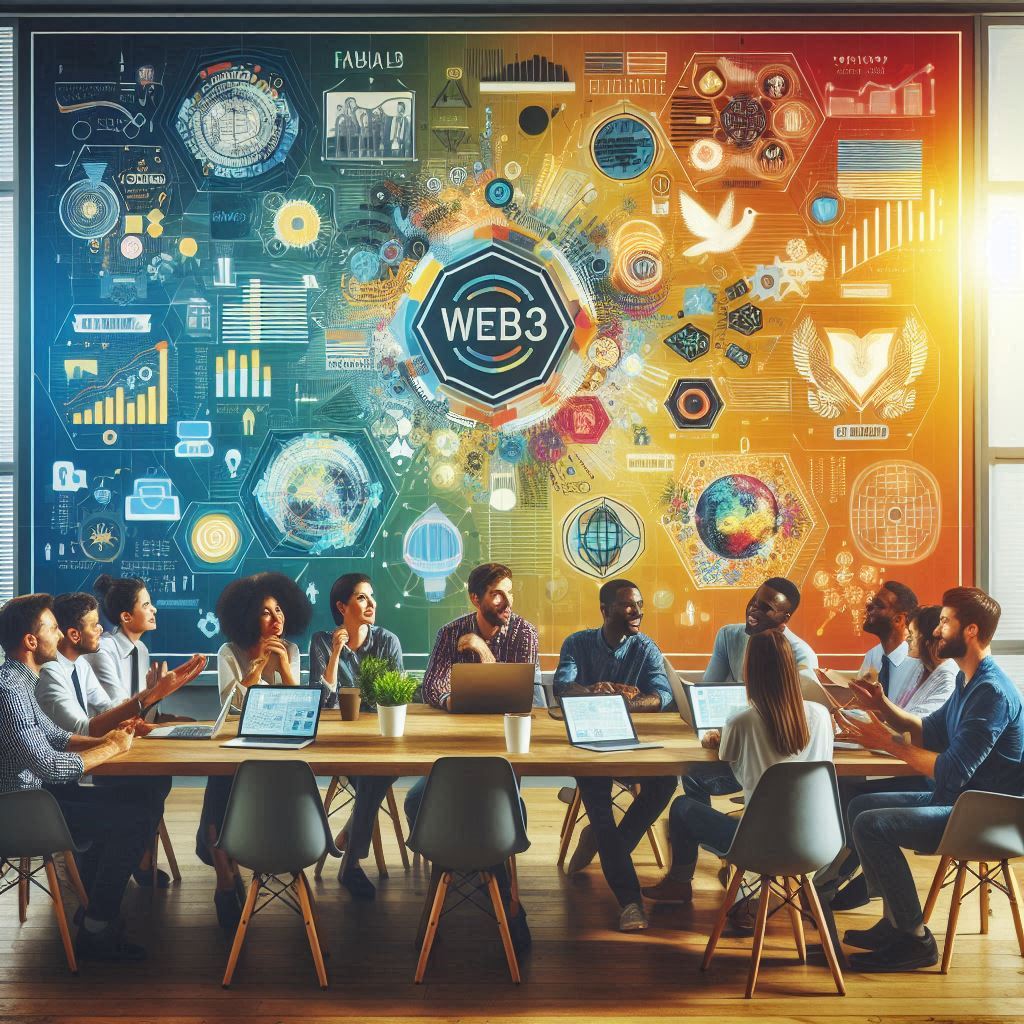
Blockchain and Web3 technologies represent a fundamental shift in how we conceptualize and implement digital systems. By enabling trustless coordination, verifiable scarcity in the digital realm, and user-owned infrastructure, these technologies create possibilities that were previously unattainable.
The most transformative applications will likely emerge at the intersection of different domains – where financial primitives combine with identity systems, governance mechanisms, and real-world asset representations to create entirely new economic and social arrangements. The composable nature of blockchain protocols accelerates this innovation by allowing developers to build on existing functionality rather than recreating basic components.
Mainstream adoption will require continued progress on technical scalability, user experience, regulatory clarity, and security. The path from current implementations to widespread use will not be linear, with periods of both incremental improvement and breakthrough innovation. Different applications will mature at varying rates depending on their technical requirements, regulatory complexity, and market dynamics.
Organizations across industries should develop thoughtful blockchain strategies that balance exploration of disruptive possibilities with realistic assessment of current limitations. Effective approaches typically combine targeted implementation of high-value use cases with broader capability development and ecosystem participation.
Individuals can prepare for this transition by developing literacy in blockchain concepts, experimenting with Web3 applications in low-risk contexts, and considering how these technologies might affect their professional domains. As with previous technological revolutions, those who develop expertise early will be best positioned to create value as adoption accelerates.
The ultimate impact of blockchain and Web3 technologies extends beyond any specific application or market. At their core, these innovations redistribute power in digital systems – from centralized authorities to distributed networks, from platform owners to individual users and creators. This realignment of incentives and control may ultimately prove more significant than any particular implementation, creating an internet that better serves human flourishing and collective advancement.